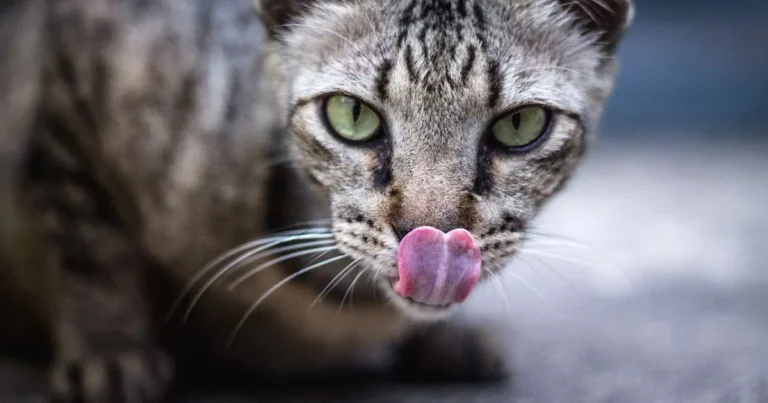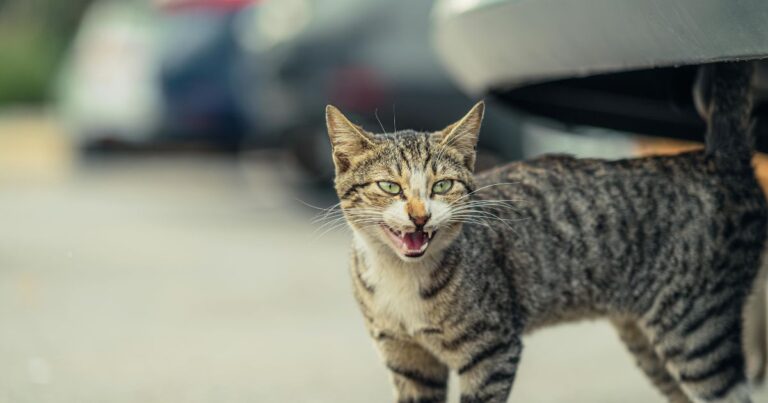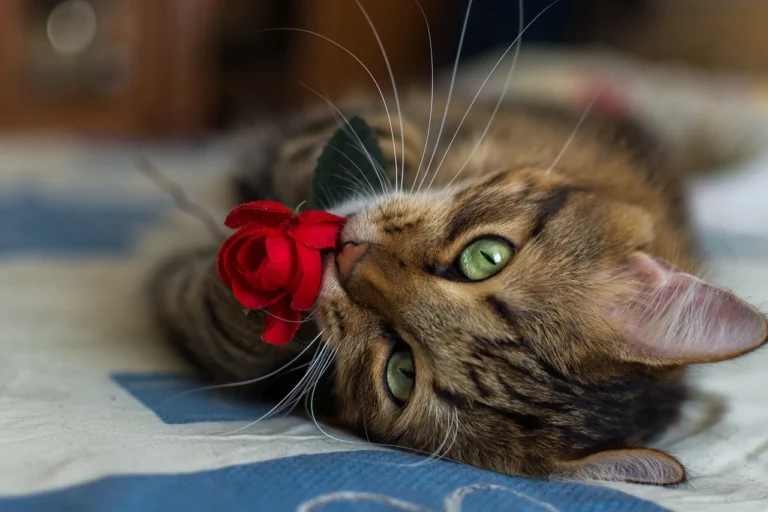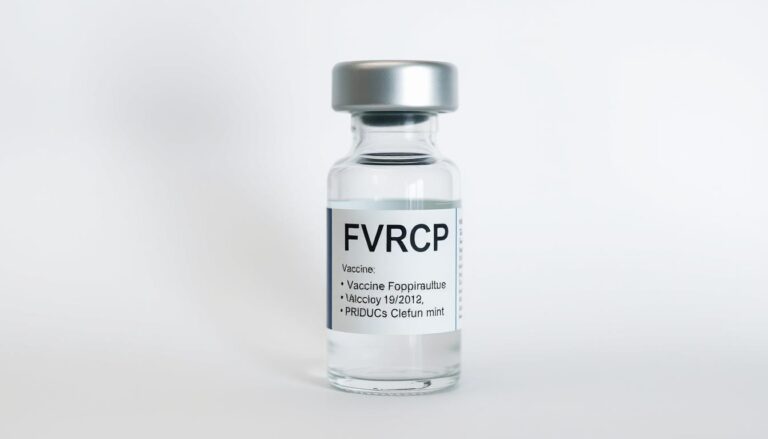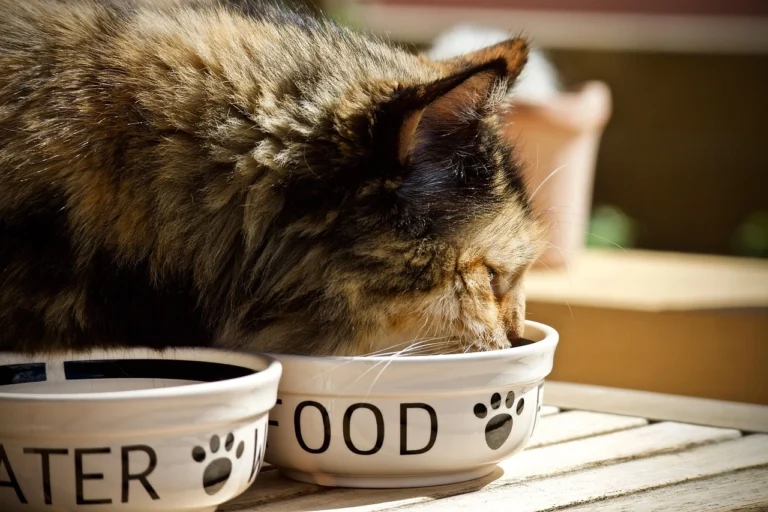Cats and Peanut Butter: A Safe Guide for Pet Owners
Every cat owner has wondered: can cats and peanut butter get along? I saw my cat staring at a spoon of peanut butter, his whiskers quivering with curiosity.
While cats can eat peanut butter, it’s not always a good choice. It’s not toxic, but it’s not always healthy for them. Cats have special dietary needs.
This guide will cover everything about cats and peanut butter. We’ll look at risks, health issues, and expert advice. This will help you decide what’s best for your cat’s diet.
Vets say that small amounts of peanut butter are okay sometimes. But it should never be a main part of your cat’s diet. Knowing the risks and benefits is key for pet owners.
Let’s explore the world of cats and peanut butter. We’ll find out if this tasty treat is safe for our furry friends.
Table of Contents
Understanding the Basics of Peanut Butter and Cats
When we think about whether peanut butter is safe for cats, we must first understand their unique needs. Cats have different dietary needs than humans and other pets.
What Makes Up Commercial Peanut Butter
Commercial peanut butter is more than just peanuts. It has many ingredients that make us wonder if it’s safe for cats. These include:
- Roasted peanuts
- Added salt
- Vegetable oils
- Sugar or artificial sweeteners
- Preservatives
Why Cats Are Attracted to Peanut Butter
Cats might be drawn to peanut butter because of its protein and fat. They find the creamy texture and taste appealing. But, it doesn’t meet their nutritional needs.
The Role of Cats as Obligate Carnivores
Cats need a diet rich in animal proteins. Their bodies are made to digest meat, not plant-based foods like peanut butter. This is why they are called obligate carnivores.
While a small amount of peanut butter might not harm them, it should not replace their regular diet. Always talk to a vet about what’s best for your cat’s nutrition.
Is Peanut Butter Safe for Your Feline Friend?
Peanut butter isn’t toxic to cats, but it’s not safe either. It can harm your cat’s health in several ways.
Cats need meat to stay healthy, not peanut butter. Even though they might like it, it’s not good for them.
- Potential choking hazards from sticky texture
- Risk of digestive complications
- Possible allergic reactions in cats
- High fat and calorie content
Some cats might get sick from eating peanut butter. Cats allergic to peanut butter can have symptoms like:
- Vomiting
- Diarrhea
- Skin irritations
- Respiratory difficulties
The main worries about peanut butter are its thick texture and possible harmful ingredients. Xylitol in peanut butter is especially dangerous and must be avoided.
Always talk to your vet before adding new foods to your cat’s diet.
The Hidden Dangers of Xylitol in Peanut Butter
Pet owners need to know about a big risk in some peanut butter brands: xylitol. This artificial sweetener can be very dangerous for cats. It can turn a safe treat into a serious health issue quickly.
Peanut butter can be toxic to cats because of xylitol. This sugar substitute can cause fast and serious health problems. It’s important to know the risks to keep your cat safe.
Identifying Xylitol in Product Labels
Finding xylitol on labels is key. Look for these signs:
- Words like “sugar-free” or “low-sugar”
- Ingredient list mentioning xylitol, sugar alcohol, or artificial sweeteners
- Health-focused or diet-oriented peanut butter brands
Symptoms of Xylitol Poisoning
Knowing the signs of xylitol poisoning can save your cat. Watch for these signs:
| Symptom | Severity |
|---|---|
| Vomiting | Early Warning |
| Weakness | Moderate Risk |
| Seizures | Critical Emergency |
| Liver Failure | Life-Threatening |
Emergency Steps to Take
If you think your cat ate xylitol, act fast:
- Call your vet right away
- Don’t make your cat vomit without a vet’s say-so
- Save the peanut butter packaging for info
- Watch your cat’s breathing and alertness
It’s better to prevent xylitol dangers for cats than to treat them. Always check peanut butter ingredients before giving it to your cat.
Cats and Peanut Butter: Nutritional Considerations
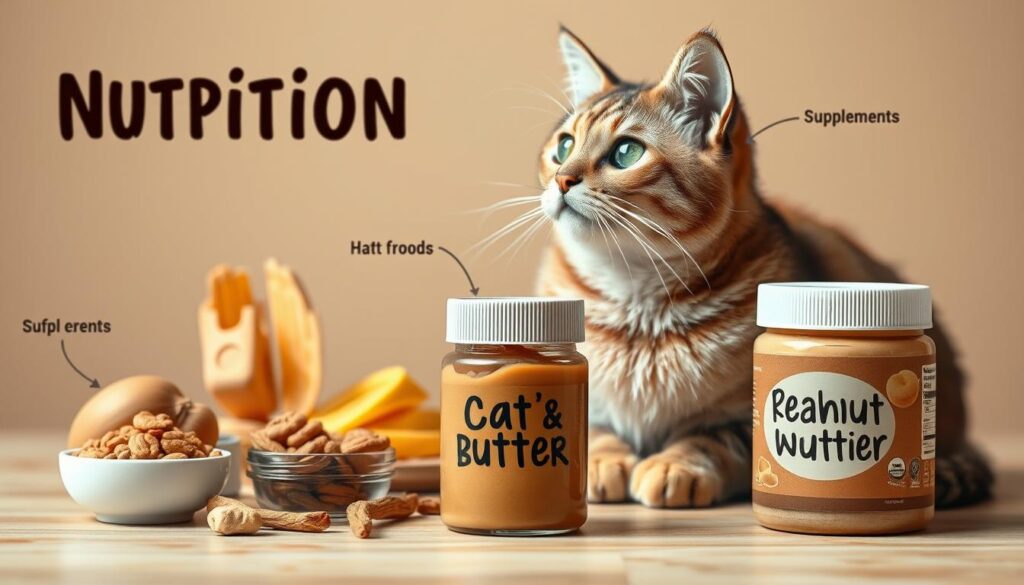
Peanut butter is not a good choice for cats. It might taste good, but it doesn’t give cats what they need. Cats have special dietary needs that peanut butter can’t meet.
Cats need to eat meat because they are obligate carnivores. Peanut butter doesn’t have enough good stuff for cats. It has:
- High fat content
- Excessive calorie density
- Limited protein quality for cats
- Minimal essential nutrients
Peanut butter can make cats gain weight. A tablespoon has about 90-100 calories. That’s a lot for a cat’s daily needs. So, cats and peanut butter can be bad for their health.
Vets say cats should eat meat-based foods. Cats need animal proteins, not peanut butter.
Your cat’s diet should prioritize nutritionally complete cat foods that support their unique metabolic needs.
If you want treats for your cat, talk to your vet. They can suggest safe, healthy options for your cat.
Common Health Risks Associated with Peanut Butter
Is peanut butter safe for cats? Pet owners need to know the health risks of giving this treat to their cats. Cats might like peanut butter, but it can harm their health.
Choking Hazards
Peanut butter is sticky and dense, posing a choking risk for cats. Its thick texture can block a cat’s airway. Cats have smaller throats than dogs, making them more likely to choke.
- Sticky consistency can adhere to the palate
- Difficult for cats to swallow completely
- High risk of airway obstruction
Digestive Issues
Cats can have digestive problems from eating peanut butter. Nuts and additives in peanut butter can cause allergies. Lactose-intolerant cats may face stomach issues.
- Potential stomach upset
- Possible allergic reactions
- Risk of gastrointestinal distress
Weight Gain Concerns
Peanut butter is very high in fat and calories. Eating it regularly can cause cats to gain unhealthy weight. It’s important to keep your cat’s diet balanced for their health.
“Prevention is always better than cure when it comes to your cat’s dietary choices.” – Veterinary Nutrition Experts
Always talk to your vet before adding human foods to your cat’s diet. This ensures their safety and health.
Signs of Peanut Butter Allergies in Cats
Knowing about cat food allergies is key for your cat’s health. While it’s rare for cats to be allergic to peanut butter, it’s important to spot allergic reactions. This is crucial for any pet owner.
Cats can react to many ingredients, including peanut butter. Spotting these signs early can stop serious health problems.
- Skin Irritation: Look for too much scratching, red skin, or rashes after eating peanut butter
- Gastrointestinal Distress: Vomiting, diarrhea, or changes in eating habits could mean an allergy
- Respiratory Issues: Wheezing, coughing, or trouble breathing might show a serious allergy
If you think your cat is allergic to peanut butter, get vet help right away. Some cats show signs that are not so obvious and need careful watching.
Keeping an eye on your cat’s reaction to new foods is vital. It helps keep them healthy and avoids allergic problems.
Cat food allergies can show up in different ways for each cat. Some might handle a little peanut butter okay, while others could have a big reaction.
Vets say to introduce new foods slowly and watch for bad reactions. Every cat is different, so their diet and what they can handle should always be thought about.
Safe Portion Sizes and Frequency Guidelines
When thinking about whether cats can eat peanut butter, pet owners need to be very careful. Cats and peanut butter have a tricky relationship. It’s important to manage it well to keep your cat healthy and safe.
Knowing the right amount to give is key for good pet care. Vets say it’s important to limit how much peanut butter cats get.
Recommended Serving Amounts
Introducing peanut butter to your cat’s diet should be done with a small amount. Here are some guidelines for how much to give:
- Maximum serving size: Less than 1/4 teaspoon
- Frequency: Extremely rare treat
- Recommended frequency: No more than 1-2 times per month
Frequency of Offering Peanut Butter
Remember, peanut butter should never be a regular part of your cat’s diet. Cats need certain nutrients that peanut butter can’t provide.
| Cat Size | Maximum Peanut Butter Serving | Recommended Frequency |
|---|---|---|
| Kitten | 1/8 teaspoon | Avoid if possible |
| Adult Cat | 1/4 teaspoon | 1-2 times per month |
| Senior Cat | Minimal to no amount | Not recommended |
Always talk to your vet before adding new treats to your cat’s diet. Peanut butter should be seen as a rare, small treat, not a regular food.
Healthy Alternatives to Peanut Butter for Cats

Looking for peanut butter alternatives for cats? Focus on options that are good for their diet. Cats need high-quality protein because they are meat-eaters by nature.
Here are some healthy treats for your cat:
- Cooked chicken pieces (unseasoned)
- Small portions of lean fish like salmon or tuna
- Commercial cat treats made for cats with special diets
- Pureed meat-based baby food (without onion or garlic)
Choose treats that are good for your cat’s health. Protein-rich choices are best for keeping your cat healthy. Vets say to avoid human foods that don’t help your cat’s diet.
“The key is selecting treats that complement your cat’s natural dietary needs,” says Dr. Sarah Thompson, feline nutrition expert.
Give small amounts of treats and introduce them slowly. Your cat’s main food should be a balanced, vet-approved cat food. This food should meet all their nutritional needs.
Using Peanut Butter for Medication Administration
It can be hard to give medication to cats. Homemade peanut butter treats might seem like an easy fix. But, vets warn against using them as the only way. It’s important to know how to give medication safely and effectively.
Peanut butter might help hide medicine, but it’s not always the best choice. Some cats might not like peanut butter or could be at risk from it.
Safe Pill Hiding Techniques
- Use small amounts of peanut butter sparingly
- Ensure the peanut butter is xylitol-free
- Check with your veterinarian before attempting
- Watch your cat closely during medication administration
Alternative Medicine Delivery Options
| Method | Effectiveness | Cat Acceptance |
|---|---|---|
| Pill Pockets | High | Excellent |
| Liquid Medication Mixing | Medium | Good |
| Direct Oral Administration | High | Low |
Vets suggest trying different ways to give medicine. Pill pockets are often better and easier for cats and owners than peanut butter treats.
Always talk to your vet for advice on giving medicine that fits your cat’s needs.
Proper Monitoring When Introducing Peanut Butter
When you introduce peanut butter to your cat, you need to watch closely. Not all cats can handle peanut butter, so it’s important to keep an eye on them at first.
Start with a small amount of peanut butter and watch for any signs of trouble. Cats allergic to peanut butter might show certain signs that you should spot right away.
- Watch for immediate digestive changes
- Monitor breathing patterns
- Check for skin irritations
- Observe overall energy levels
Look out for these specific symptoms:
- Vomiting or diarrhea
- Sudden lethargy
- Excessive scratching
- Swelling around the mouth or face
“Your cat’s health is always the priority when introducing any new food.” – Veterinary Nutrition Experts
Keep a log of how your cat reacts to peanut butter. If you see any negative reactions, stop it right away and talk to your vet.
Every cat is different. What’s safe for one cat might not be for another. Being patient and watching closely is important to keep your cat safe.
Conclusion
Dealing with feline diet restrictions can be tough for cat owners. Peanut butter might look like a tasty treat, but cats have special dietary needs. Their meals should mainly be protein-rich foods made for their digestive system.
Thinking about cats and peanut butter, remember that small amounts might not hurt right away. But the dangers are bigger than any good it might do. Vets say no to peanut butter as a regular snack because of choking risks, stomach problems, and not enough nutrients for cats.
If you need to use peanut butter, like for medicine, pick a brand without xylitol and use just a little. Always talk to your vet about safer options for your cat’s health. Choosing the right food and knowing what your cat needs is key to a long, healthy life.
Your cat’s health is up to you. Be careful, do your homework, and always think about what’s best for your pet’s diet.



